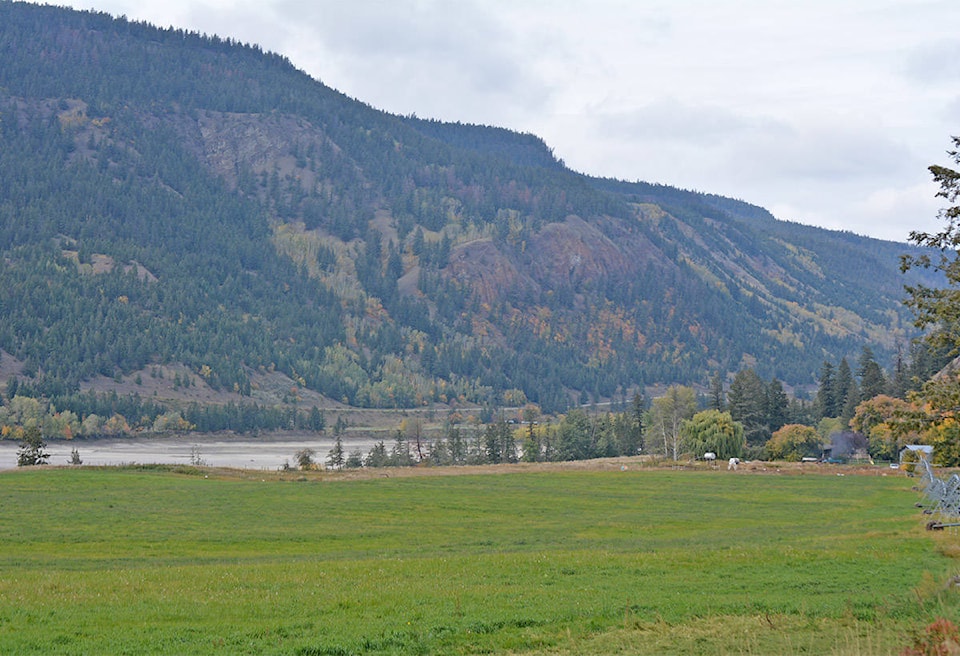In the past week the Ministry of Agriculture put out a summary of what they heard about the changes to the restrictions on housing on land parcels in the Agricultural Land Reserve.
Further, they published a short Intentions Paper signalling where the policy changes might be going. They are soliciting feedback on the intentions.
Policy needs to reflect the realities of farmers living on the land and leaving the work in retirement. Attracting and retaining the next generation in farming is critical to the survival of family farms.
It is true that many aging farmers have no succession/transition plan that effectively prepares all concerned to continue to settle on the land.
In most cases aged farmers have to be thinking about engaging grandchildren or non-family members in the farming business. The offspring of our generation, now in their 40s and 50s, have probably established themselves in other careers and are in their most productive stages of these careers.
They won’t be diving into farming or ranching full time any time soon. The fact remains that only the largest or most diversified farms can support more than one family at best. It also is true that most beginning and even established farms and ranches require outside income to have cash to invest in equipment and technology needed to modernize operations or to pay for the land base.
Increasingly, recent generations have higher expectations of lifestyle if they are going to be on the land. In short, decent housing, decent income, and a supportive stimulating culture around us is necessary to attract and retain people in the rural areas.
Once exposed to “brighter lights” which happens all the time—music and performances in the larger population areas (cities, large and small), plus great cosmopolitan food, to say nothing about the huge amount of goods and services available- young people have difficulty sticking to their dream of idyllic life.
Hard work, day after day and week after week gets old in time.
Good housing in the rural areas is hard to come by especially if land owners are restricted to one home per parcel of land in the Agricultural zones.
This intention paper contemplates “small secondary residences” being permitted: a manufactured home with conditions; a garden suite, guest house, or carriage suite (detached dwelling) often not more than 90m2 which is 968 feet squared; accommodation above an existing farm building; or permitting a principal residence in addition to a manufactured home that was the principal residence.
These concepts may also consider: how many residences can be on any parcel and total floor area.( Remember this started in part because of “monster homes” in some regions); not exceeding 500 m2 or 5,382 feet squared: and options to minimize impact on agriculture.
One of our family members built a beautiful home close to this in size- plenty big enough for a family and certainly for retired people.
Having more, better housing stock will help retain and attract young families.
Older folks like to have others around for the heavy lifting and for emergencies.
Young people might just appreciate some mentoring and sharing some of the machinery and facilities for diversified agriculture enterprises. And some of us want to have a comfortable transition, like having younger folks around for work bees—calving, turnout , haying, fencing, building…
If you care about a good future for farming and ranching, weigh in on this NOW, the deadline for further revision is April 17th, so be early.
This is how to review more details:
https://www2.gov.bc.ca/gov/content/industry/agriculture-seafood/agricultural-land-and-environment/agricultural-land-reserve/the-agricultural-land-reserve
https://engage.gov.bc.ca/supportingfarmers/
David Zirnhelt is a rancher and member of the Cariboo Cattlemen’s Association. He is also chair of the Advisory Committee for the Applied Sustainable Ranching Program at TRU.
